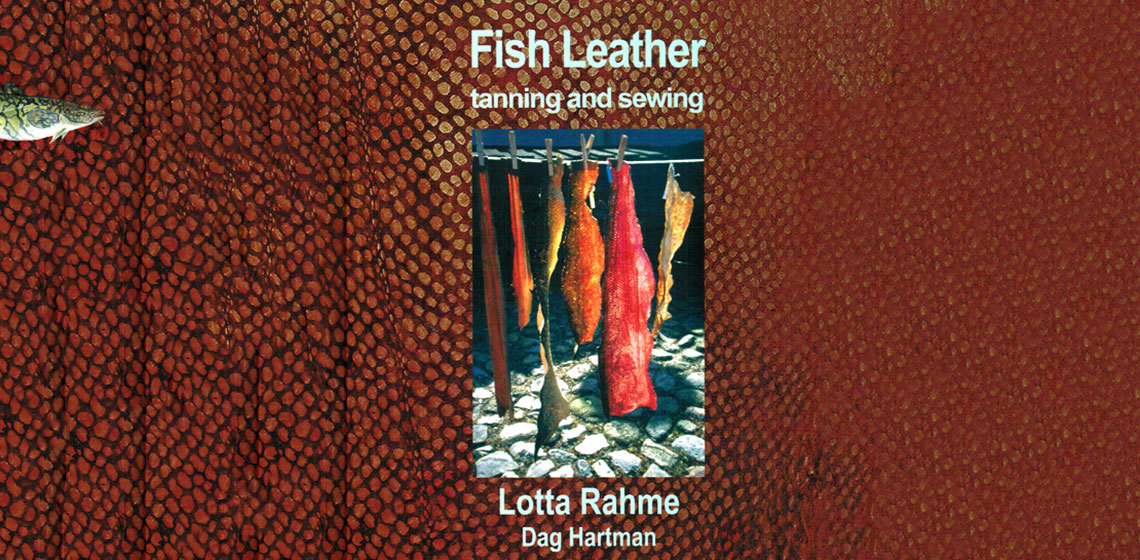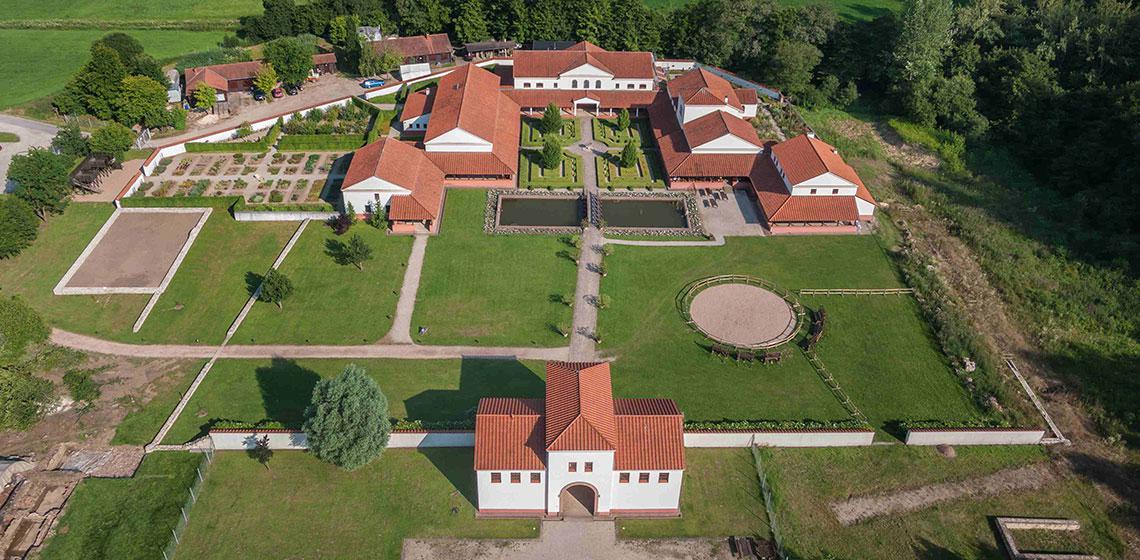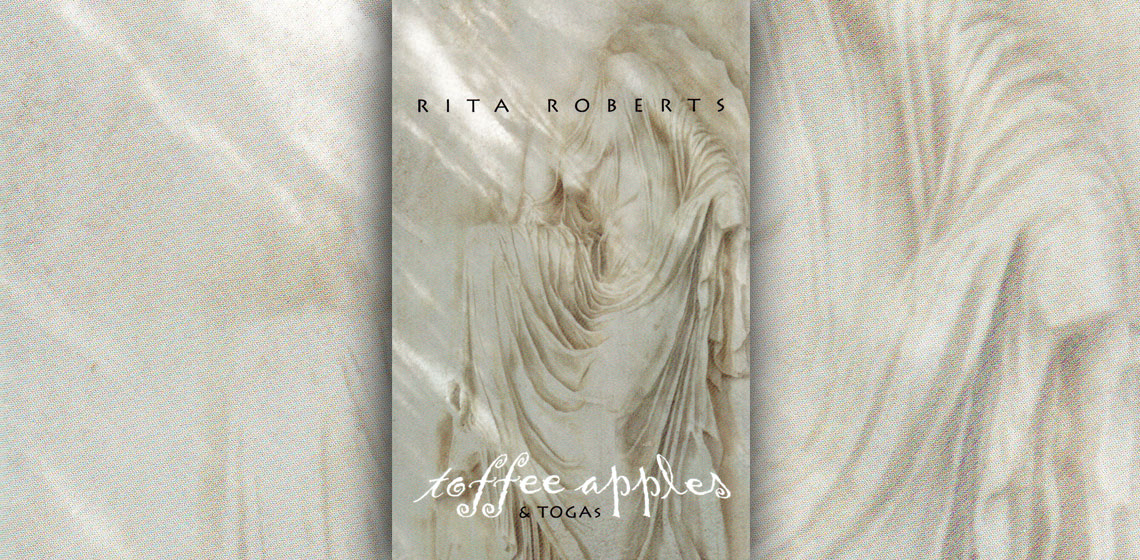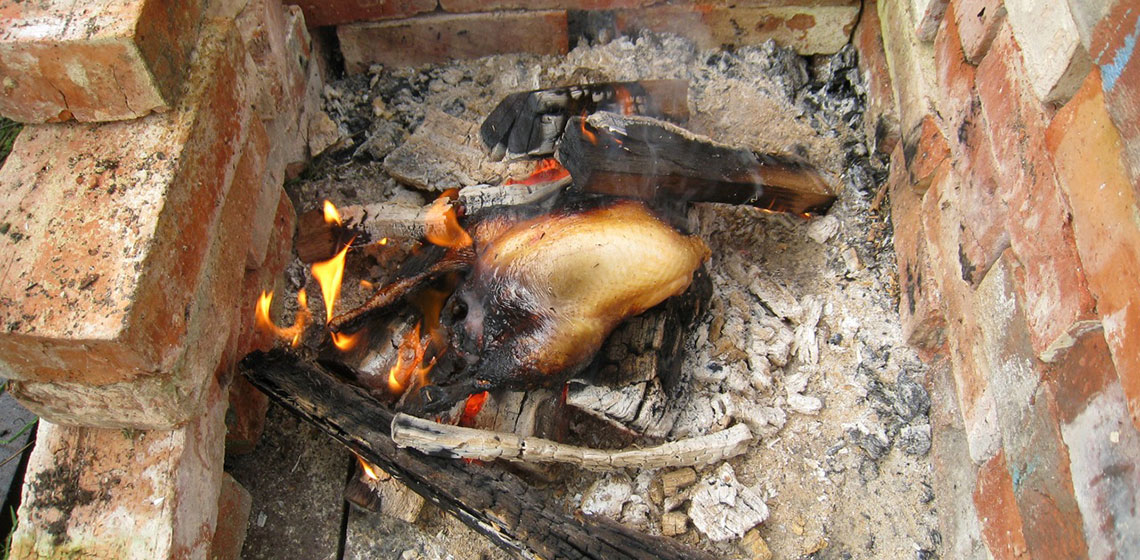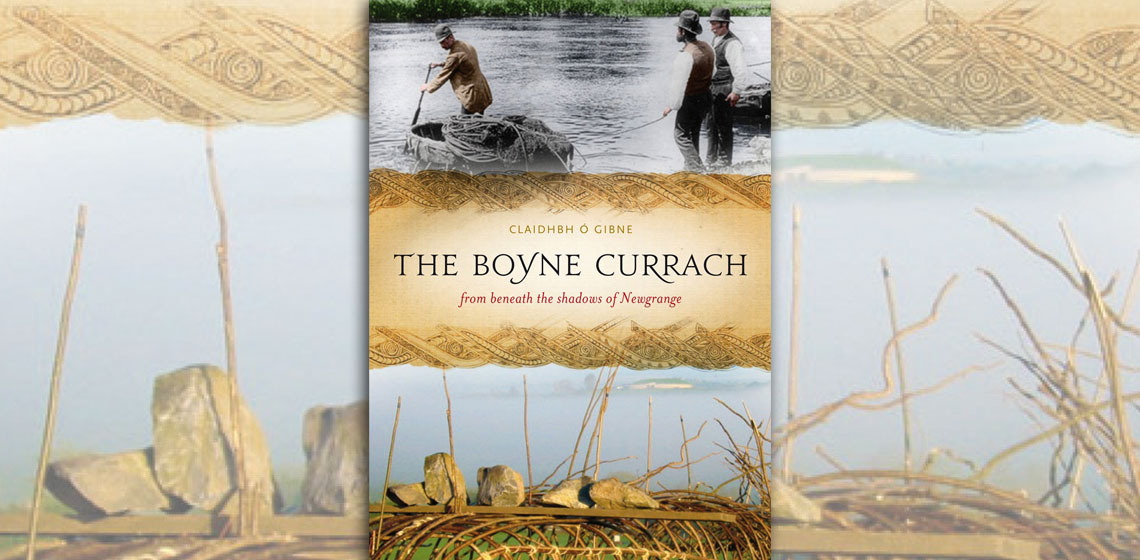Roman Era
Römische Villa Borg (DE)
A long known archaeological site, that of one of the largest Roman Villa rustica sites in the Saar-Moselle area, was time and time again being damaged by illegal looting excavations. That is why in 1986, official excavations started, supported by the Landkreis Merzig-Wadern.
A long known archaeological site, that of one of the largest Roman Villa rustica sites in the Saar-Moselle area, was time and time again being damaged by illegal looting excavations. That is why in 1986, official excavations started, supported by the Landkreis Merzig-Wadern...
Robert Schmits
I am a Dutch national but live in Italy since 1983 and since 1994 in Rome. I have always been attracted to history and archaeology in general but concentrate on Roman history.
Discussion: Food - Reconstruction and the Public
Book Review: Toffee Apples & Togas by Rita Roberts
Eva IJsveld
I am teaching Textile & Costume history at Academies in Amsterdam. I am working since 1994 in reconstructing artifacts, clothing and ancient textile technics with special interest in the Mesolithic period.
Fire and Bone: An Experimental Study of Cremation
***Many bone fragments have been burned in controlled laboratory conditions but few have been burned on outdoor pyres. In order to study and understand cremated bone, it is crucial to conduct experiments in real environmental conditions. In this study several cremations were carried out outdoors...
Sally Herriett PhD
I first ventured into the history and heritage industry with my husband in 1988, presenting living history for heritage and education. As part of this, we presented both the social and military aspects of the past.
Book Review: The Boyne Currach: from Beneath the Shadows of Newgrange By Claidhbh Ó Gibne
Claidhbh Ó Gibne has devoted himself to building traditional currachs and researching their history. His new volume, The Boyne Currach: From beneath the shadows of Newgrange, puts the currach in the context of the history of...

